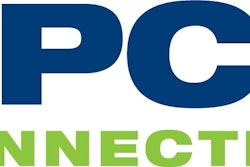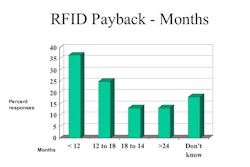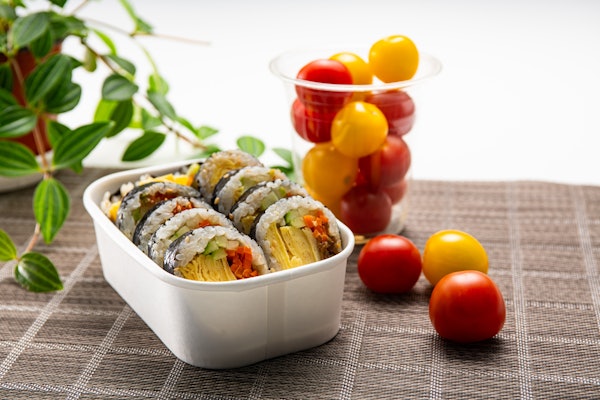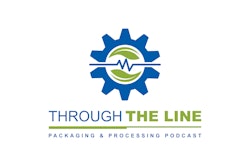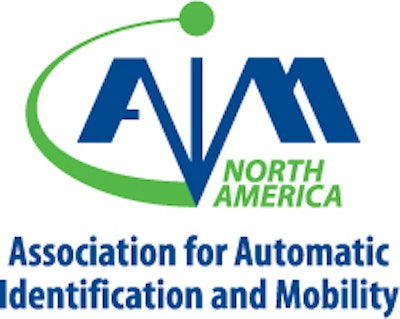
This article originally appeared at AIM Global's February 04, 2009 issue of the RFID Connections newsletter and was written by Bert Moore, editor. AIM Global (www.aimglobal.org) is the Association for Automatic Identification and Mobility.
According to the Global Retail Theft Barometer, retailers experienced total shrinkage of $105B in 2008. Of that, more than half, $62B, was reportedly the result of employee theft, vendor discrepancies, and various internal errors. With today's economy, these numbers are likely to grow. Curbing supply chain and in-store shrink should be a major initiative for retailers–and identifying its source is the first step.
RFID certainly offers the promise to help curb shrink. Vendor labeling is the key to a successful program to improve visibility throughout the supply chain but it may be the toughest to achieve. Many vendors claim their existing bar code systems are already adequate but underlying objections might be that vendors do not see any direct benefits and may not want to expose inefficiencies and errors in their operations.
But there are ways to overcome these objections or, at least, expose them for what they are.
It's interesting to note that Walmart recently dropped its penalty for noncompliance to 12 cents for each unlabeled-with-RFID pallet. What that means is that Walmart's systems have evolved to the point where printing and applying an RFID pallet label is a relatively trivial task. While Walmart can't use the RFID label for receiving, it can use it for its own internal operations to track pallets to specific stores and out onto the sales floor.
A solution that worked years ago in the automotive industry might provide an interim solution for RFID labeling as well. If pallet labels are preprinted, they could contain GS1 SSCC-18 (shipment serial number) data in both bar code and RFID. The supplier could then just scan bar codes on the cartons and the pallet label. Upon receipt, the retailer could use the SSCC-18 data in the RFID tag to receive and track the pallet.
Putting a printer in the facility that would print the labels for a specific order would provide much greater detail for receiving but, again, suppliers would only have to scan bar codes associated with a particular RFID label.
If vendors are not able to scan bar codes and communicate them with shipping data, then any argument that their bar code systems are adequate can be proven false. And an inability to comply with applying customer-supplied RFID labels would be a clear indication of more serious issues within that company.
Accurate shipping and receiving record –whether based on bar code or RFID data–can then prove or disprove transportation as a source of shrinkage.
Once received, even bar-code labeled shipping containers can be tracked through distribution with RFID.
This process could provide product visibility within the supply chain without requiring a total investment in RFID or negating the value of existing bar code equipment and systems.
While companies may be unable to calculate an adequate ROI by improved efficiencies, reduced out-of-stocks, or improved customer service through the use of RFID– which some view as "soft" or indirect benefits or simply too difficult to quantify–adding shrink into the calculation might tip the balance.
To read the full editorial, see http://www.aimglobal.org/members/news/templates/template.aspx?articleid=3425&zoneid=24

